Fear and Hoping in Seattle
All is woe in the water world — or is it? Circle of Blue reporter Brett Walton reflects on an extraordinary summer.
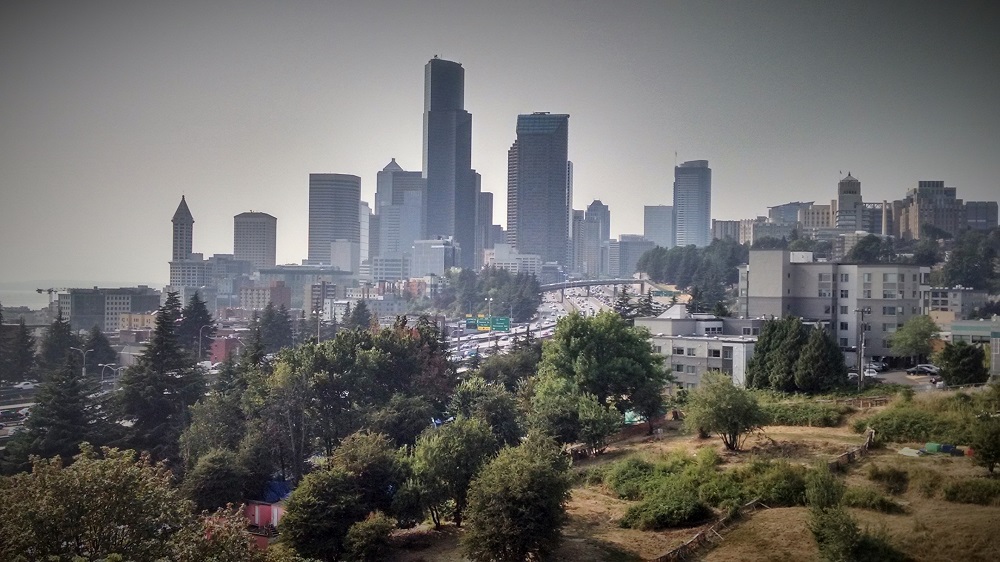
Under an ashen sky and by the light of a cold red sun, I read the reports:
Hottest June on record in the Pacific Northwest, home of Seattle, where I live and play. No rain to speak of either in the Emerald — now Golden — City. Less rain, in fact, than Phoenix in the last three months. Seattle’s water-supply condition downgraded from “good” to “fair” as water use climbed 28 percent compared to 2014.
Streams in Washington flow today with the same feeble force as in early September, the end of the dry season. Salmon and steelhead fry, stranded in shallow pools, are being rescued by watchful volunteers. Aquifers are being drained. The wilds of Alaska are being torched: some 652 wildfires have burned more than 1.4 million hectares (3.5 million acres) this year, a patch of land the size of Connecticut.
At this, I look up. Smoke from fires in British Columbia drifts above me. The putrid Seattle sky, more Beijing brown than the familiar Cascadian blue, is refracting the sunlight into an end-of-days glow. I close the laptop — enough reports for now.
The apocalyptic story is an easy sell. Novelists, filmmakers, and newspapers have peddled terror and doom from the earliest days of their trade. The penny dreadful. If it bleeds, it leads. Tales of woe on the environmental beat are rampant, especially today in the water field, when it seems as if farmers, cities, industries, and eco-warriors are waging a Mad Max battle for the final, precious drops.
Not so. At least, not in the extreme imagery. Yes, there are lawsuits. Plenty of lawsuits. There are deep divisions about what to do with the little water that still flows. Rivers: dam them, drain them, or refill them? Too much water is still polluted by industry, agriculture, and urban development. If you are looking for conflict, there is no shortage of dark alleys.
But other stories need telling, too — the stories where the fight did not happen, where the water was shared. Take Idaho, for example. Last week, irrigators reached a voluntary agreement to reduce the amount of water pumped from the Eastern Snake Plain Aquifer, an essential resource for agriculture, but one that is being depleted. Well owners will cut water use by roughly 11 percent over the next 11 years to meet the goal of reversing the aquifer’s decline. Also last week, I reported on how Indian tribes in the Colorado River Basin are dealmakers who are helping to meet water demands in the Phoenix area through leases and by storing water underground. Closer to home, the Skagit Public Utility District, in northern Washington, sent water to farmers whose crops were at risk of drying out, the first time the utility had done so.
The list of such collaborations is long. It spans countries and continents. But more resolve to cooperate will certainly be necessary in the years ahead. The old ways are changing. The planet, like a snake growing stronger, is shedding its accustomed skin and morphing into a new being. Storms are more powerful. Droughts are more severe. Floods come quickly and rise higher than before. Our cities, power grids, coastal metropolises, and water systems were not built for this new, supercharged Earth.
A hotter, drier world is a more violent world — several studies have shown this. The potential for conflict will increase as the planet warms. But so will the opportunity for collaboration.
What stories of water cooperation do you see? Where is the fight not happening? Contact Brett Walton or via Twitter at @waltonwater.
–Brett Walton, reporter
Brett writes about agriculture, energy, infrastructure, and the politics and economics of water in the United States. He also writes the Federal Water Tap, Circle of Blue’s weekly digest of U.S. government water news. He is the winner of two Society of Environmental Journalists reporting awards, one of the top honors in American environmental journalism: first place for explanatory reporting for a series on septic system pollution in the United States(2016) and third place for beat reporting in a small market (2014). He received the Sierra Club’s Distinguished Service Award in 2018. Brett lives in Seattle, where he hikes the mountains and bakes pies. Contact Brett Walton
Leave a Reply
Want to join the discussion?Feel free to contribute!


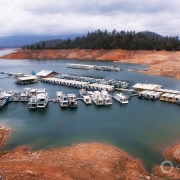

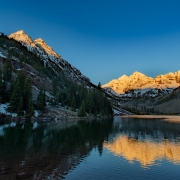
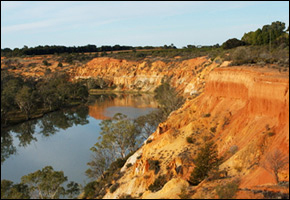

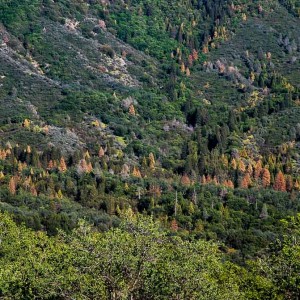
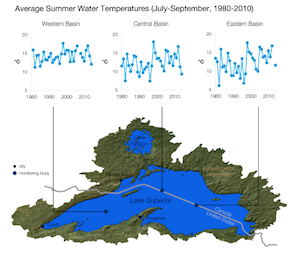
Nice piece. There have been some local “water shortage sharing” agreements in New Mexico, not clear how to scale them up and don’t know if they’ve been tested. Thought about researching it but haven’t yet. Another thought, there’s an awful lot of research and application in social science on the concept of cooperation that doesn’t seem to play much of a part in water policy/management discussions. Might could help some.
Water availability is now a National and Global problem. The future will be more difficult than now , if Man do not technical, social and financial Solutions at national and international levels. Man should innovate and create new solutions of water use, management and conservation. Cooperation and sharing technologies is the pillar of new water vision globally and nationally. 2 years ago started cooperation and collaboration between Desertwater(www.desertwater.no) and Chahtech (www.chahtech.com) for a new way of water use in agriculture considering the global climate change at the national and international scale.
Chahtech is a Tunisian (SME) company manufacturing new technologies (the buried diffuser and the draining floater) dedicated for top efficient water use and saving and energy saving for irrigation water “pumping” and distribution(energy less). The buried diffuser allows: use of 60% less water than drip irrigation to produce the same yield; drought mitigation by water injection and storage in the deep soil layers of the trees plantations, to be used during short or long duration droughts (1 till 3 years); to feed the ground water when there is an excess of water in the big water reservoirs(Dams). The draining floater, using the siphon principle and the gravity, allows to “pump” the water of the reservoirs and distributes it downstream without use of any conventional pumps. the distribution could cover many kilometres(2 till 20 km).
Desertwater is a Norwegian company preparing to implement a great project to re- green the African Sahara using solar desalination of the sea and ocean water, and the buried diffuser. A pilot project of desertwater will start in Tunisia end of this year. Re greening the total Sahara will reduce the sea level rising and change the climate globally but in positive way.
Mike’s closing point is an interesting one. The people I’ve been interviewing for my book who are most active in the cooperative/collaborative work are largely innocent of the literature about what they’re doing. They’re doing it, frequently well, so maybe it doesn’t matter, but it seems as though some better linkages between academics and practitioners on this would be neat-o.
It’s those folks who have figured it out and who are doing it who are worth their weight in water. Action research thing to do, which you’re doing, is to compare cases good and bad and figure out if there are common patterns across cases that work. In org development there’s a concept called “positive deviance.” Org has a problem, dive in, someplace in there people close to the problem will have figured it out and tried some innovations, often by bending/breaking org rules, so the thing to do is learn from them, generalize it, and try it out in other parts of the org.
I just reviewed a book called “Water Co-Management,” collection of cases. Left me wondering why anyone ever cooperates with anyone else anyway? Lot of research on that, including by our mutual heroine Elinor. Answer to that question based on water management contexts would be useful in the world and contribute to theory as well.